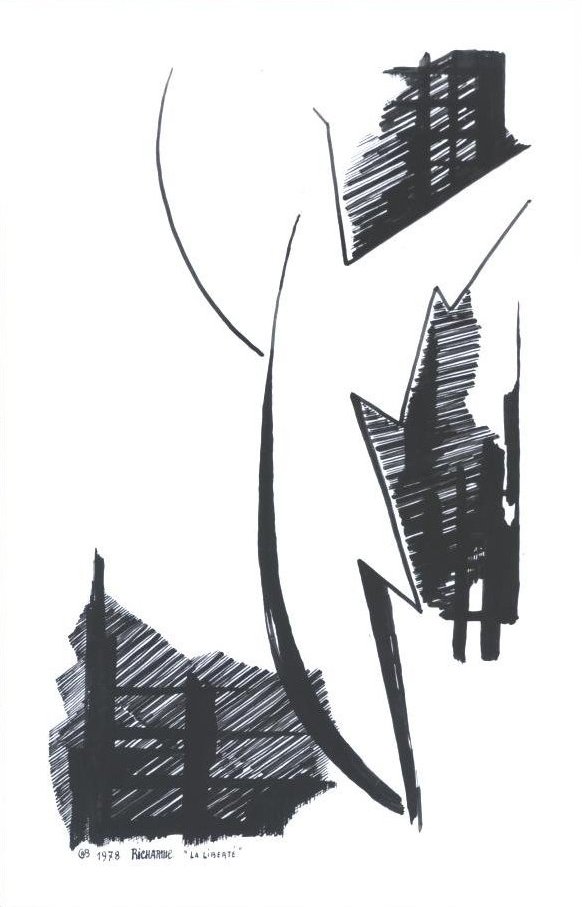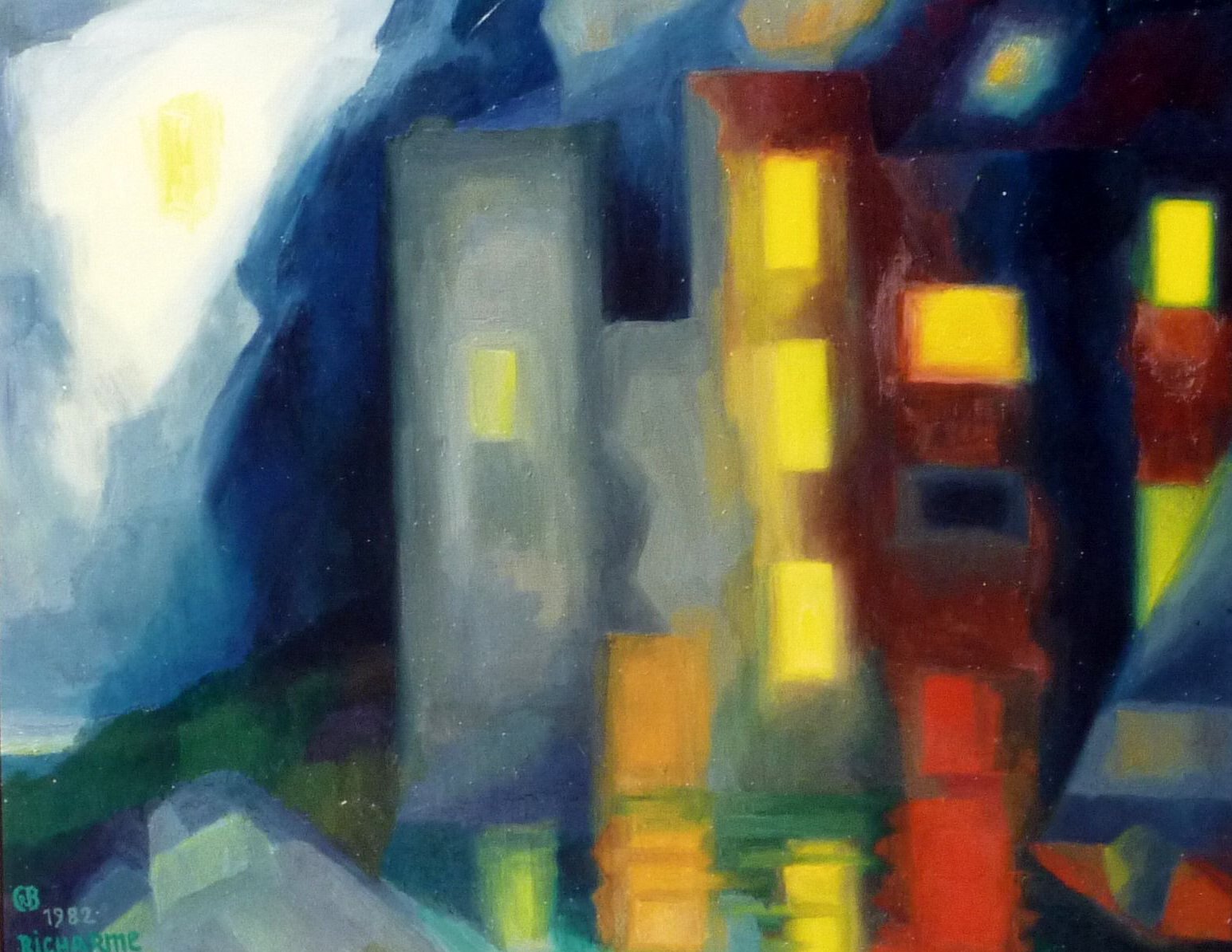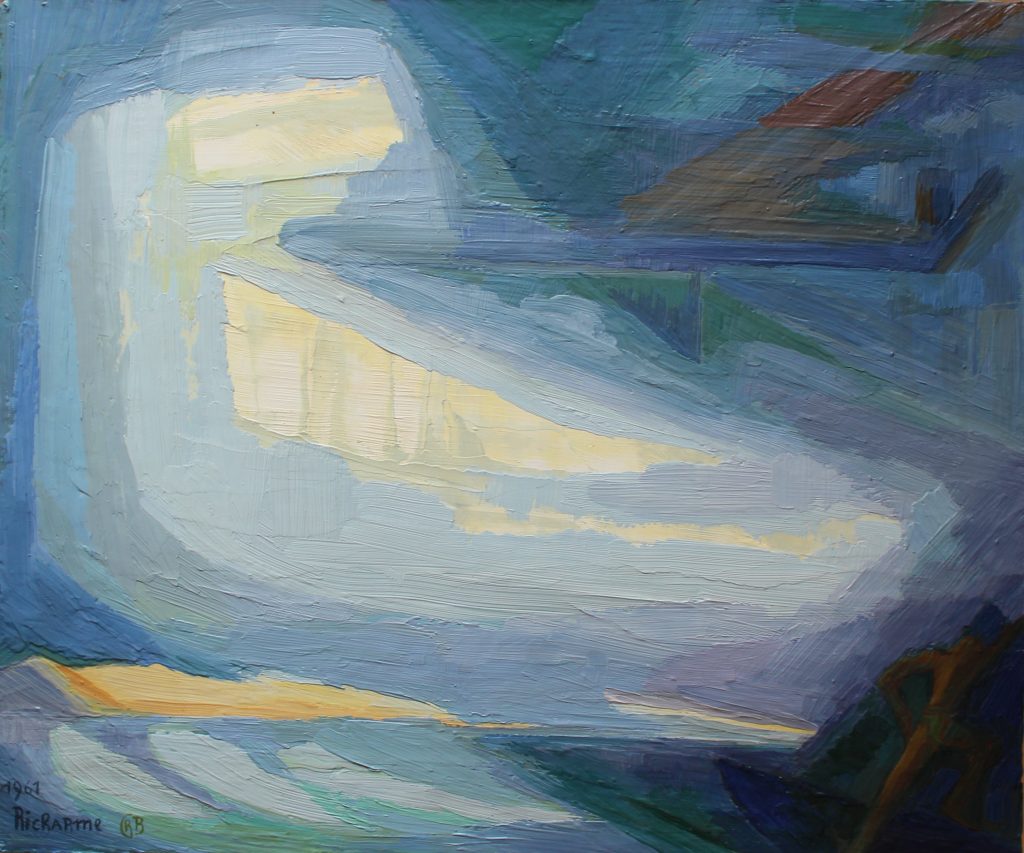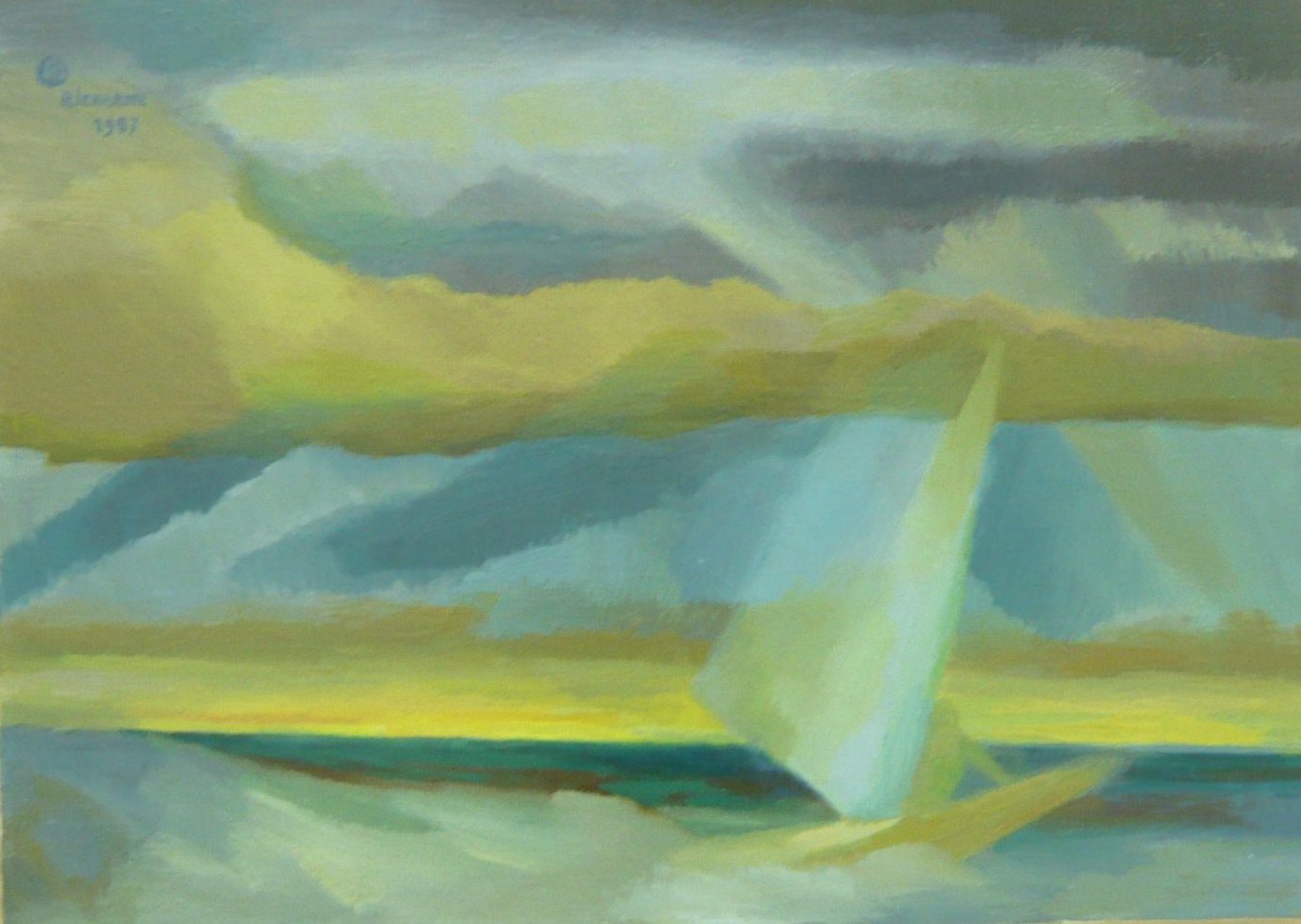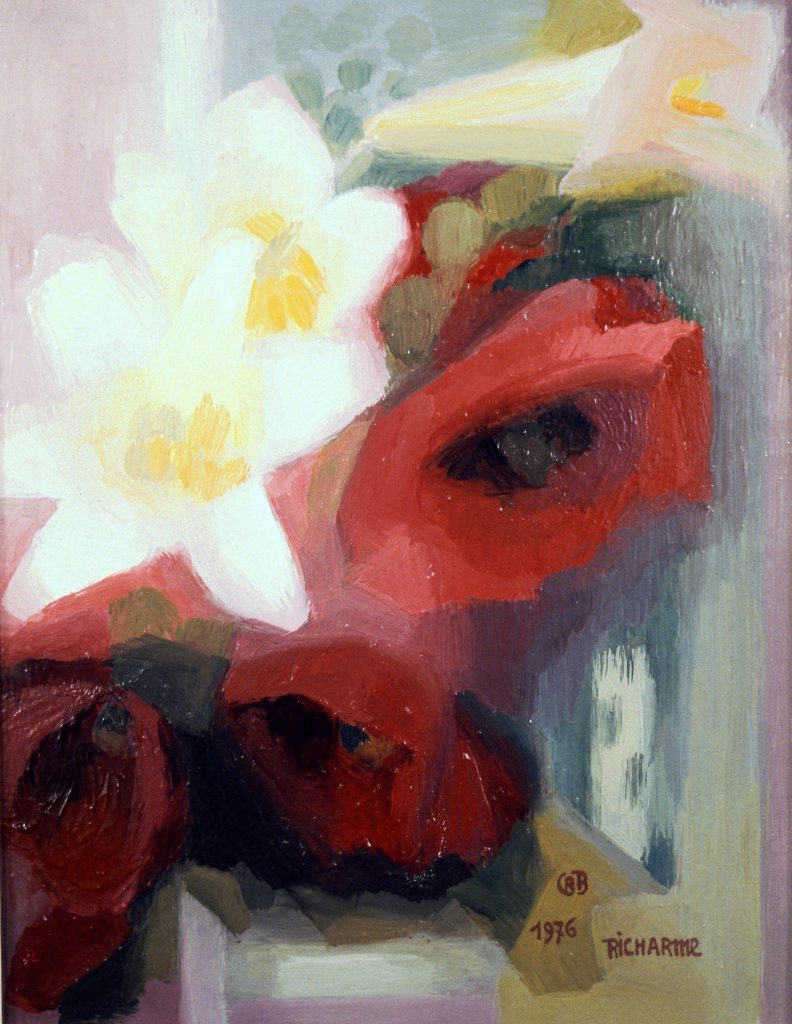As soon as my mother had managed to get me drawing, she used to sit me down close to her with paper and pencil and an object placed in front of me, and she would say ‘Draw what you see’.
I cannot explain the joy and well-being that l feel when l have a pencil or a brush in my hand.
Lines speak, they ail have a language. A horizontal line is flexibility, it is sleep, it is tranquillity. A diagonal is a sword in your back, it is a fight. A curve is grace, ornament and friendliness. And there is ail that in every object.
Gouaches are for me just studies. A whole lifetime has been necessary to make them as they are, but they are not interpretations.
Face to face with nature, l do not ask any questions: l see it, it guides me, it tells me that a certain chord is right, although nature sometimes has chords that are not quite right. But it is imposed on me. Whereas l am very authoritative when l transpose the subject into my painting.
The public generally prefers things done after nature. It is certain that the geometry of a composition is not obvious to somebody who sees a trees where the painter has put a vertical.
Some painters accentuate contours. l have worked for many years to find out how to hide them. By colouring them and then erasing them. Work on line is subtle.
It is the passage allowing conversation between colours. I have always considered that colours are people who like or dislike each other. Some colours agree and others are never of the same opinion. The passage is this third person who tries to establish agreement between participants who do not manage to converse with each other.
Painting is an art that requires much reflection and imagination. And patience… !
I have canvases that have been retouched repeatedly for at least ten or twenty years. This has taught me a great deal. I have worked alone a great deal.
A painter works as if he were threatened by a danger. When he succeeds, he breathes again.
My mother used to say “Be careful, in the art of painting one goes from too much to not enough, it’s always like that”. You have to find a happy medium. For example, when l decided to paint seascapes, I thought of the construction. I said to myself that the construction would be the interesting feature of the work. So l found diagonals that held these seascapes. My lines lay under the fog, spray or clouds, making them no longer anybody’s seascapes. I was delighted to find that l managed to keep a certain hardness while depicting a wave …
As I am a painter of the South of France, I am sensitive to very strong colour.
I have always found nature somewhat dull. I worked from nature both because it was pleasant and because I was alone. One is taken with poetry when faced with nature. But it will not always give you the secret of colour. The secret of colour is the study, in which you can place a violent patch and wonder which pathways to use to establish friendships and oppositions between the colours.
It’s a mistake to talk in terms of a good “pencil-stroke” or “brush-stroke”. You are first guided by the mind and then by your sight.
People see a pot, a flower or a plate and lines do not count for them. In fact, what makes art is lines, colour, value, architecture and the composition as an ensemble. What l am saying might perhaps be better in the mouth of an artist producing abstract works, l have also been very tempted by abstraction and there is a great deal of abstract art in my work: it is the framework.
